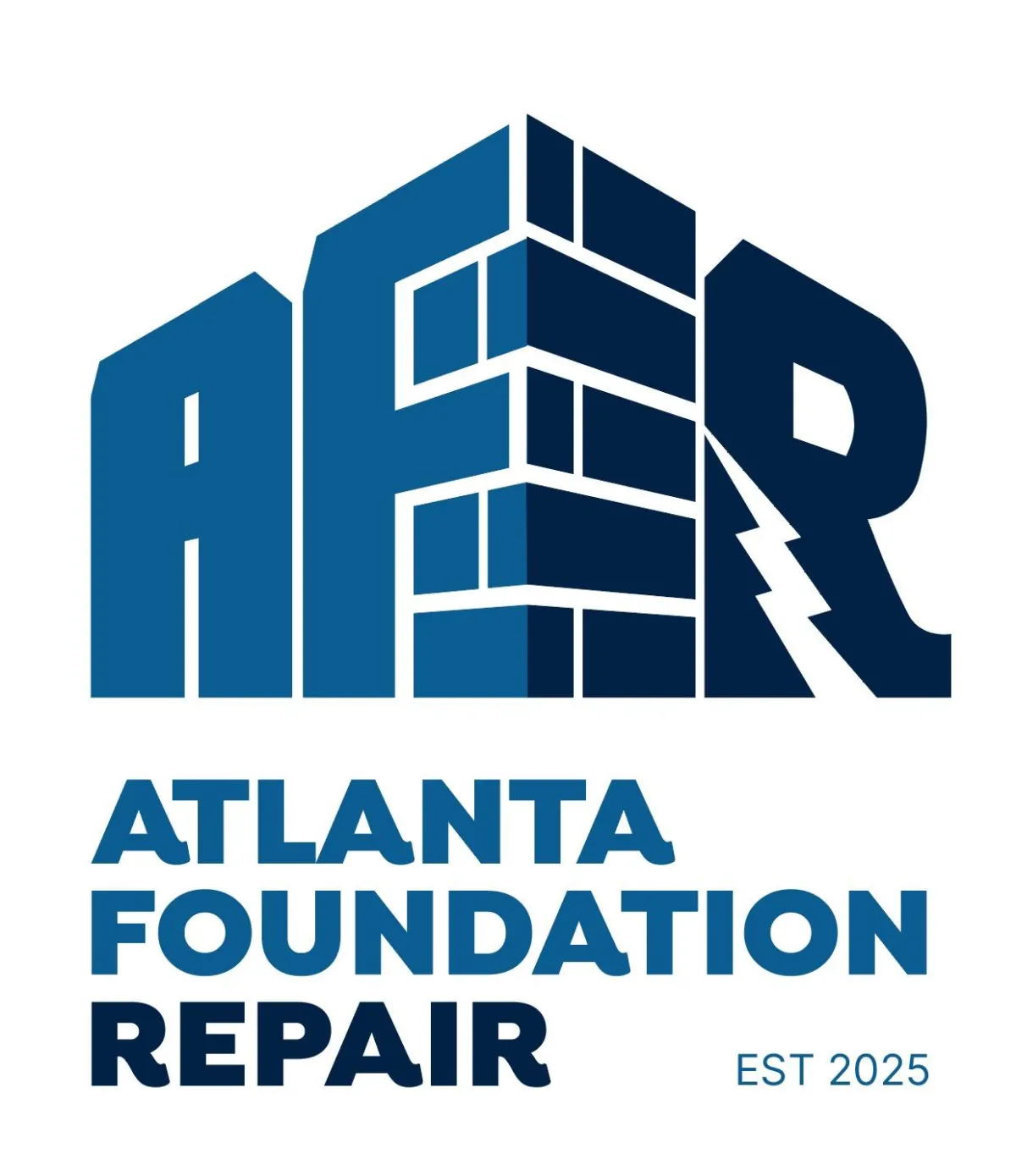Atlanta, GA
Water in Crawlspaces in Atlanta, GA
How Water Accumulates in Crawlspaces
Crawlspaces are low, partially enclosed areas under the home that often sit very close to the soil. Because of this position, they easily collect water from outside drainage, rising ground moisture, or plumbing leaks. Once water enters, it can be slow to evaporate, especially if the crawlspace is poorly vented or blocked off.
How Water Finds Its Way into a Crawlspace
There are several typical routes water uses to enter a crawlspace, and they often work together to keep the area damp for long periods.

Poor Exterior Drainage Around the Home
If the ground around the house slopes inward or downspouts discharge near the foundation, rainwater flows directly toward the crawlspace. That water can seep through gaps in the foundation and gather underneath the home.

Rising Moisture from Bare Soil
When a crawlspace has exposed soil, water from below the surface naturally evaporates upward. This moisture vapor collects in the air and condenses on cooler surfaces, keeping the space constantly damp.

Open or Ineffective Vents
Open vents can allow humid outdoor air to enter. When that moist air comes into contact with cooler crawlspace surfaces, it condenses and creates water droplets on wood, pipes, and insulation.

Cracks and Gaps in Foundation Walls
Even small openings in the foundation allow water to seep into the crawlspace during heavy rains or when the soil is saturated, slowly increasing the moisture level over time.

Plumbing Leaks and Condensation
Water supply lines, drain pipes, and HVAC systems often run through crawlspaces. Dripping fittings, sweating pipes, or leaking condensate lines can add a steady source of water to the area.
Signs You May Have Water in the Crawlspace
A wet crawlspace affects both the area under the home and the living spaces above it:
Standing water or visible puddles on the crawlspace floor
Muddy, saturated, or squishy soil under the home
Strong, persistent musty or “damp earth” odors inside the home
Mold or mildew growing on wood framing or insulation
Insulation that is damp, sagging, or falling from between joists
Rust on metal items such as ductwork, hangers, or supports
Wooden beams and joists that look swollen, darkened, or damp
Condensation droplets forming on pipes, ducts, or plastic sheeting
Increased insect, spider, or rodent activity in the crawlspace
A heavy, humid feeling in the home, especially on lower floors
Our Services
Helpful Links
Contact Information
Phone:
Business Hours:
Mon - Fri: 8:00 am - 5:00 pm
Sat - Sun : Closed
service areas
© 2025 All Rights Reserved | Atlanta Foundation Repair
